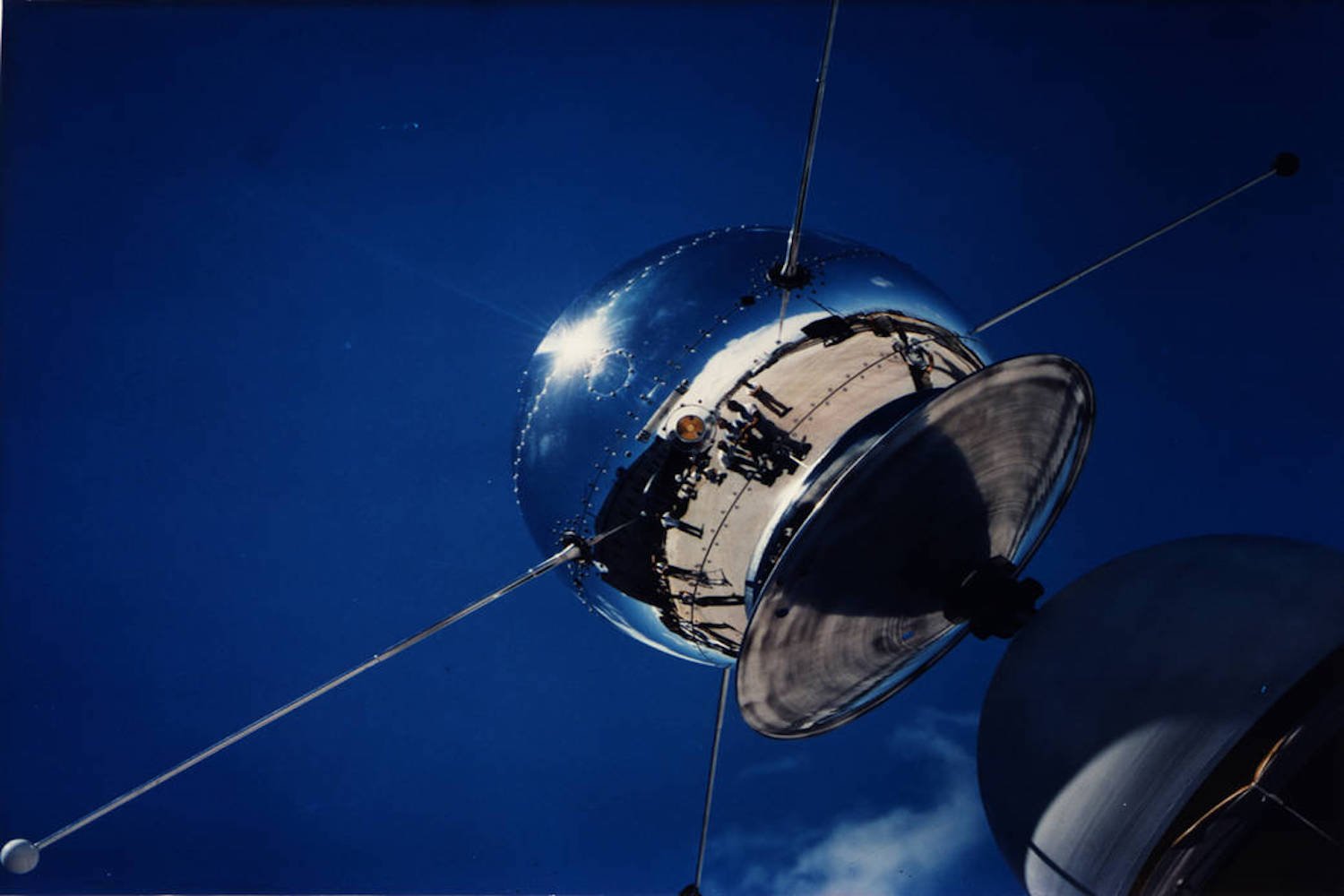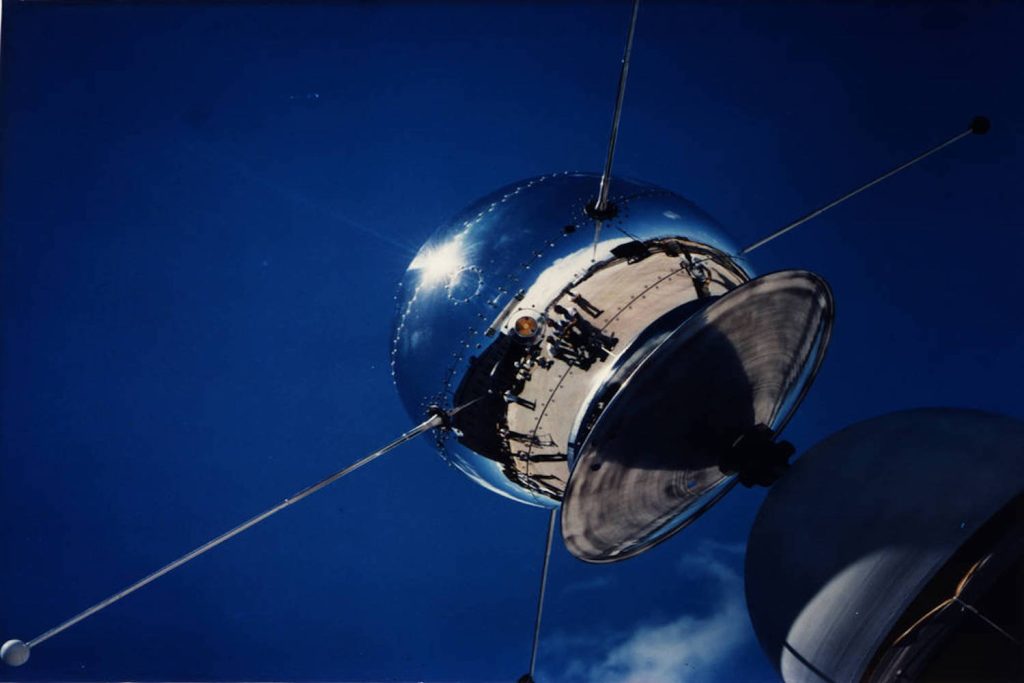An awkward-looking, spherical satellite the size of a grapefruit launched in March 1958, and was boosted into a high elliptical orbit. The satellite, named Vanguard-1, was a test of launch capabilities during the early days of the historic space age. Other satellites of its time have reentered through Earth’s atmosphere, burning up in a fiery death, but Vanguard-1 is still in orbit, silently zooming through the void of space. A team of researchers and engineers want to retrieve the satellite for closer inspection and are currently working to find a way to bring Vanguard-1 home.
Vanguard-1 is the second U.S. satellite launched to space. Conceived by the Naval Research Laboratory in 1955, it was designed to test the launch capabilities of a three-stage launch vehicle and the effects of the harsh space environment on a satellite. Today, it remains as the oldest artificial object orbiting Earth. A team of researchers and engineers from Virginia-based consulting firm Booz Allen Hamilton have put together a proposal on how to retrieve the satellite from space, bringing it back to Earth to study how its equipment has fared over the years, according to a report by Space.com. The team’s proposal is detailed in a study published in the Aerospace Research Center earlier this year.
Vanguard-1 went silent in 1964, but tracking data shows its location and orbit. The satellite has persisted for so long due to its location in a highly elliptical orbit, unlike the Soviet Sputniks and the U.S.’s Explorer-1, which fell back to Earth within months or years due to atmospheric drag in low Earth orbit. If it were to be retrieved, Vanguard-1 would be the oldest satellite ever returned to Earth.
The researchers suggest that the satellite can be placed in a lower orbit and snagged from space, or reeled into the International Space Station. In 1984, NASA used its astronauts to capture a satellite during spacewalks using the jetpack known as the Manned Maneuvering Unit. The Westar 6 and Palapa B2 communications satellites ended up in the wrong orbits after upper stage rocket failures, so the space agency sent astronauts to retrieve the wayward but otherwise functional spacecraft, according to NASA. The satellites were placed in the Space Shuttle payload bay and returned to Earth.
Considering how old Vanguard-1 is, the astronauts would need to handle it with care, according to the team behind the proposal. Before a retrieval attempt, the team suggests that a spacecraft be sent to rendezvous with the satellite to inspect its condition up-close. The engineers suggested partnering with a wealthy space enthusiast willing to fund the outer space venture, or using a SpaceX vehicle to bring the satellite home.
Once it’s brought back to Earth, experts would examine Vanguard-1 to assess its condition—whether it was struck by space debris, if it’s still holding together, and how its time in orbit has affected the satellite. The satellite could then be placed at the Smithsonian for display as a sort of time capsule, a reminder of the history of spaceflight, the team suggests.
“Future missions (space debris removal, materials capture for on-orbit manufacturing, and even deep space exploration) could build on techniques demonstrated in the retrieval of Vanguard 1,” the paper read. “Retrieving Vanguard 1 would be a challenge, but an achievable and invaluable step forward for the entire U.S. space community.”




